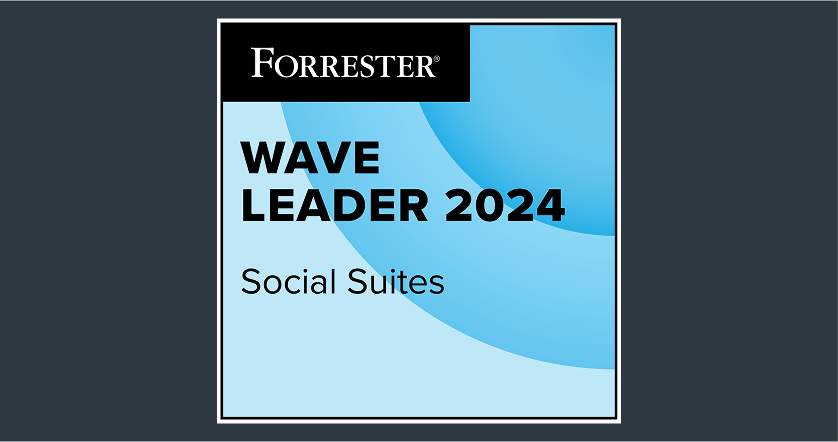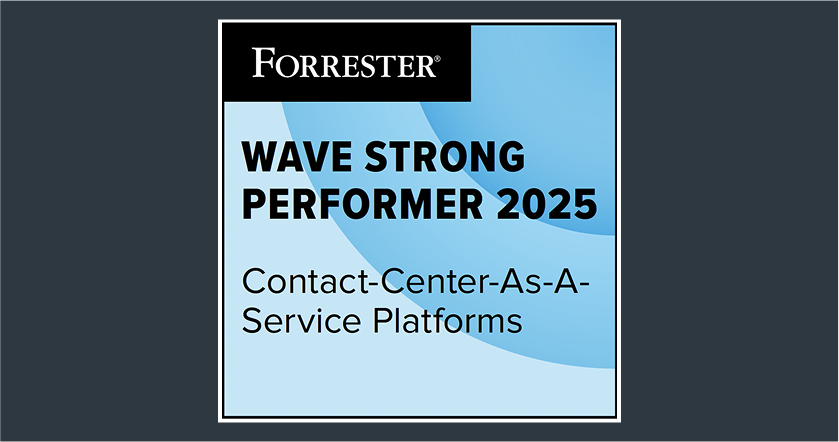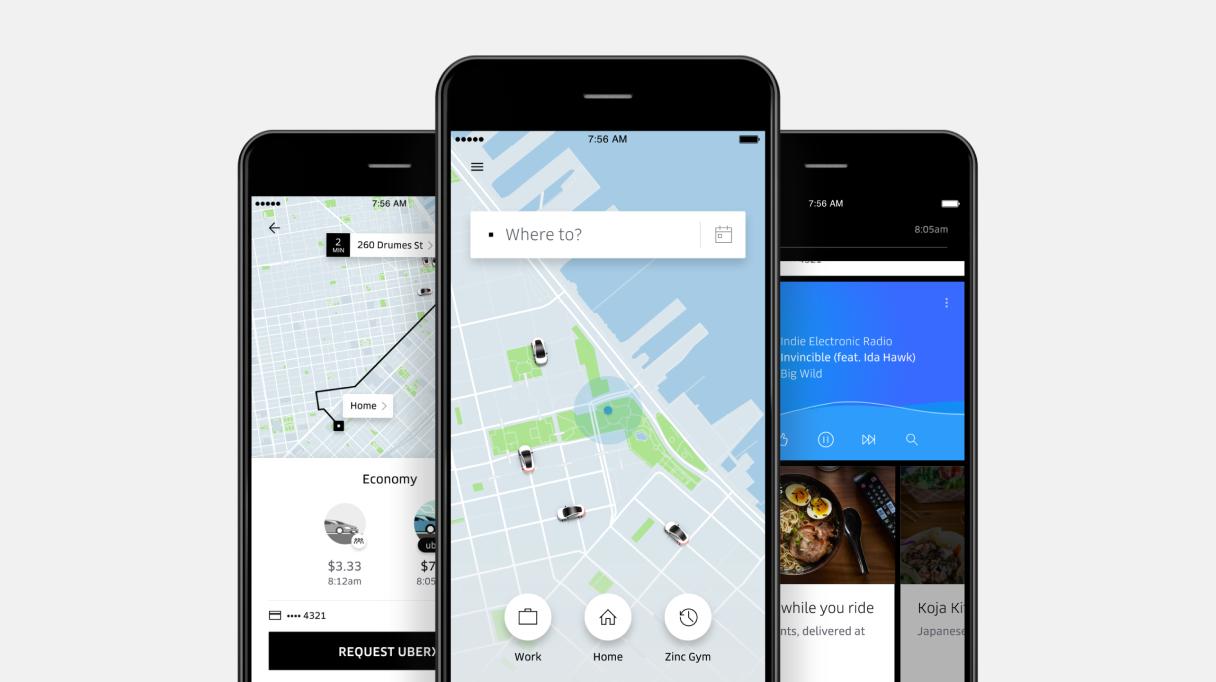What is customer engagement analytics?
Customer engagement analytics involves collecting, tracking and analyzing data related to every customer interaction with a brand. This data spans a range of customer touchpoints —social media engagement, website visits, email clicks, in-app interactions, customer support calls and more — capturing the depth of customer behavior, preferences and sentiment.
Today, as customers interact with brands across multiple channels, the need for customer engagement analytics has never been greater. It empowers you to anticipate customer needs, personalize experiences and build a seamless journey that resonates with each customer on an individual level.
Customer engagement analytics vs customer service analytics
Customer engagement analytics helps you understand your customers’ needs throughout their journeys to build long-lasting relationships. On the other hand, customer service analytics ensures that customer issues are resolved quickly and efficiently, minimizing customer frustration and boosting satisfaction.
Here are a few more key differences that you should know:
Aspect | Customer engagement analytics | Customer service analytics |
Focus | Tracks and analyzes overall customer interactions across all brand touchpoints | Analyzes customer support interactions specifically |
Scope | Broad – includes marketing, social media, website, email and in-app interactions | Narrow – focused on customer service channels like phone, email, live chat and helpdesk |
Purpose | Understands engagement patterns to improve personalization and customer experience | Monitors and improves service efficiency, response/resolution times and satisfaction |
Core metrics | Click-through rates, engagement rates, time spent on site, social media metrics and content interactions | Response time, resolution time, CSAT score, NPS (net promoter score) |
Value to business | Helps optimize customer experiences, tailor content and drive brand loyalty | Enhances service quality, reduces churn and addresses pain points directly |
Role in the customer journey | Proactive – engages customers before issues arise | Reactive – addresses the issue and provides support after interactions have begun |
Key benefits of customer engagement analytics
Leveraging customer engagement analytics offers numerous benefits. Let’s dive into some of the advantages:
📊 Helps make data-driven decisions
Customer engagement analytics provides brands with a wealth of data, enabling smarter decision-making in marketing, product development and customer service. You can adjust advertising campaigns, improve offerings and anticipate customer needs by analyzing engagement data.
For instance, e-commerce companies like Amazon utilize engagement analytics to uncover purchasing patterns, allowing them to recommend products that align with customer interests. This strategy is highly effective — about 35% of Amazon’s purchases are driven by recommendation algorithms, boosting engagement and conversion rates.
🎯 Enhances personalization and targeting
Customer engagement analytics enables brands to segment customers and craft personalized experiences that resonate individually. Businesses can refine their targeting by analyzing engagement data to serve relevant content, offers and product suggestions to specific customer groups.
Consider Netflix, which uses engagement data to understand user viewing habits, allowing it to recommend shows tailored to individual preferences. This high level of personalization has contributed to Netflix’s impressively low churn rate of just 2%, reflecting its success in keeping users engaged and satisfied.
🔧Ensures proactive issue resolution
By continuously monitoring engagement patterns and customer sentiment, customer engagement analytics can alert brands to potential issues before they escalate. Early detection of shifts in engagement levels or negative trends allows you to intervene proactively, ensuring customer satisfaction and minimizing potential churn.
For example, if an engagement dip is detected in a specific service or feature, customer support can contact affected users and address issues before they become complaints. This proactive approach prevents churn and builds trust among customers.
🔁 Optimizes customer touchpoints
Every customer interaction with a brand is an opportunity to build engagement. Customer engagement analytics helps you identify and optimize these touchpoints to create a seamless and satisfying customer journey.
For example, analytics may reveal that customers are dropping off at a particular checkout step on your e-commerce site. This insight enables your product and design teams to revisit this stage, simplifying navigation and improving the checkout experience.
How to gain insights from customer engagement analytics
Here is a seven-step approach for harnessing customer engagement analytics and transforming raw data into actionable insights:
1. Define your objectives
Start by establishing what you want to achieve with customer engagement analytics. Identifying clear goals — such as improving customer retention, enhancing personalization or boosting engagement on specific channels — will guide your data analysis and make insights more actionable. Choose KPIs that align with these goals, such as click-through rates, time spent on a page, repeat purchases or customer satisfaction scores (CSAT).
For example, if you are an online retailer aiming to increase repeat purchases, you may set KPIs like returning customer rate, average time between purchases and product recommendation click-through rates. Focusing on these customer engagement metrics will help you analyze which factors drive repeat purchases and adjust accordingly.
2. Track key engagement metrics
Tracking key metrics across digital and physical channels is essential to fully understanding and enhancing customer engagement. Here’s a breakdown of important metrics for each context.
Click-through rate (CTR): CTR indicates the percentage of customers who click on specific links in your content, signaling how engaging and compelling your calls to action are. A low CTR may point to areas for optimization, such as content or link placement.
Bounce rate: The bounce rate shows the percentage of users who leave after viewing only one page, highlighting potential issues in relevance, content or user experience. A high bounce rate could suggest that your content isn’t meeting visitor expectations or needs.
Response rates: This metric measures the percentage of customers who reply to communications such as customer surveys, emails or promotions. High response rates indicate effective engagement and audience interest in your messaging.
Net promoter score (NPS): NPS is a measure of customer loyalty, calculated by asking how likely customers are to recommend your brand on a scale of 0 to 10. High NPS scores suggest a base of loyal customers likely to advocate for your brand. Learn how to improve the net promoter score of your brand
Product stickiness: Stickiness reflects the product’s ability to keep customers returning and engaged. High stickiness means customers find significant ongoing value in your product, a key indicator of long-term engagement.
🏬 Tracking customer engagement in physical environments
In physical environments, customer engagement metrics offer insights into how well a store, booth or event space engages visitors. Here are the metrics to consider:
Foot traffic and dwell time: Foot traffic measures the number of visitors who enter your store or booth, while dwell time indicates how long they stay. High dwell times suggest that the space is engaging, while a drop-off may signal areas that need improvement, like layout or display.
Conversion rate: In physical spaces, conversion rate can refer to the percentage of visitors who purchase or complete a desired action (like signing up for a demo). This metric reveals how effectively the space drives engagement to completion.
Interaction rate with displays: This metric captures customer interactions with in-store displays, demos or interactive kiosks. A high interaction rate indicates that the display engages and attracts attention.
Repeat visits: This measures how often customers return to your store or booth. High repeat visits indicate strong interest and ongoing engagement, suggesting your space or offerings have lasting appeal. For example, tracking return visitors at events or trade shows can demonstrate a high interest in specific products.
3. Aggregate data across channels for a unified view
Gathering engagement data from various channels—such as email, social media, websites, mobile apps, and customer support interactions—provides a comprehensive view of the customer journey. Using a unified analytics platform or customer data platform (CDP) can help integrate these data sources, allowing you to identify engagement patterns and create a smooth customer experience across different touchpoints.
For instance, if you run a SaaS company, you can combine data from in-app usage, your website, email campaigns, and customer support tickets to assess engagement in each area. By consolidating this information, you achieve a unified perspective of the customer journey, enabling you to pinpoint where customers may drop off and optimize each interaction point accordingly.
4. Segment your customers
Customer engagement analytics becomes more insightful when you segment your customers based on criteria such as demographics, purchase history or engagement behavior.
Imagine a fitness app segments its users into groups like "beginners," "intermediate," and "advanced" based on workout frequency and duration. By analyzing engagement patterns within each segment, they can tailor content, such as offering beginners easy workout tips while promoting advanced features to more experienced users.
5. Use predictive analytics
Predictive analytics within customer engagement data can help anticipate future customer actions, such as churn, upgrade likelihood or high-value purchases. By identifying patterns in customer behavior, you can proactively address at-risk customers or target high-potential users with relevant offers.
For instance, if you run a subscription-based service and identify a pattern where users with low login frequency and limited feature usage are more likely to churn, you can use this insight to send re-engagement emails and in-app reminders to these users, encouraging them to explore more features and reducing churn risk.
6. Test and optimize engagement strategies
Testing and optimizing allow you to experiment with different engagement strategies and optimize based on performance. For example:
✉️ Email campaigns: Test different subject lines, visuals or calls to action (CTAs) to see which yields higher open and click-through rates.
📱Social media ads: Experiment with various ad formats, targeting options and messaging styles to determine which combinations drive the most engagement, conversions and shares among your audience.
Testing offers insights into what resonates with your audience, enabling continual optimization of customer interactions.
7. Collect feedback and report findings
To create a comprehensive customer engagement strategy, it's essential to blend quantitative data with qualitative feedback. Direct feedback from customers provides invaluable insights into their preferences, pain points and overall satisfaction, offering a human perspective that complements data analytics. By incorporating regular feedback loops and sharing findings with relevant teams, you can create a dynamic, data-informed approach to customer engagement.
Here's how:
✅ Customer surveys
Surveys provide a direct way to gather customer feedback about their satisfaction, preferences, and any issues they may encounter. Regularly analyzing survey results can identify specific areas for improvement and enhance your customer engagement strategies. To gain more tailored insights, segment survey feedback based on customer type, the stage of their purchase journey or the communication channel they used.
📊 Data visualization tools
Using visualization tools, you can create dashboards that make engagement data easy to interpret and accessible to all relevant stakeholders. With well-organized dashboards, teams across marketing, customer service and product development can quickly grasp engagement trends and react accordingly. Visualization also supports informed decision-making by showcasing data in a way that highlights actionable insights.
The role of AI in customer engagement analytics
AI transforms how businesses analyze customer engagement by automating processes, improving accuracy and providing deeper insights across multiple channels. Let’s explore how:
1. Increases efficiency
Modern conversational AI platforms can automatically categorize your customer inquiries and route them to the right agent with a complete transfer of context. This automation saves time, prevents customers from repeating queries or issues, and expedites proper assistance.

2. Provides real-time insights
Tracking real-time engagement provides your business with timely alerts when customer activity suddenly drops or spikes. By detecting and responding to key triggers, like abandoned sign-up forms, abandoned carts, sudden page exits or unusual session durations, you can instantly understand what’s impacting your customer experience and take corrective actions.
AI-powered real-time insights empower your team to make fast, data-driven adjustments, whether by reaching out to recover lost leads or improving navigation to reduce drop-off rates.
3. Powers hyper-personalization
AI algorithms analyze vast amounts of data from your customer's past purchases, browsing behavior, demographic insights and current engagement patterns. This data-driven approach lets you make real-time recommendations for products and services most relevant to each customer.
For example, a returning customer in the research phase may see different options or content suggestions than a first-time visitor ready to purchase. These personalized experiences foster customer loyalty by making every interaction meaningful and relevant.
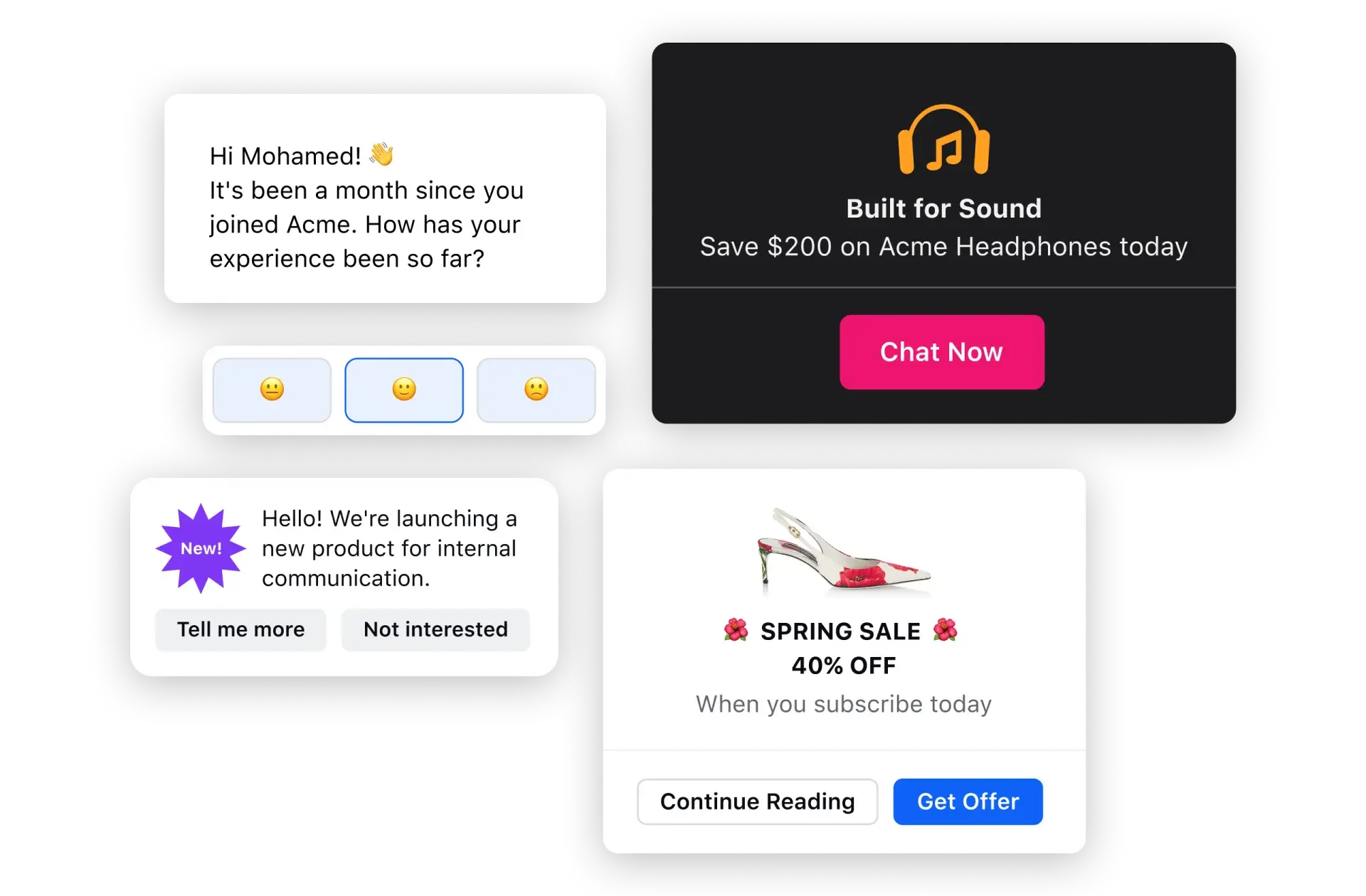
4. Predictive analytics for proactive engagement
AI can identify patterns in engagement data to predict customer churn, conversion likelihood or response to certain types of offers. For example, telecom companies leverage AI to proactively identify customers at risk of churn and offer them personalized retention deals, significantly improving customer retention rates.
5. Natural language processing (NLP) for sentiment analysis
NLP enables you to understand customer emotions and opinions by analyzing textual data from reviews, social media, chat interactions and surveys. With sentiment analysis, you can gauge customer sentiment in real time, identifying positive trends or potential issues. For instance, you might detect an increase in negative sentiments around a new product launch and adjust its engagement strategy to address customer concerns.

6. Enhanced reporting and insight generation
AI-powered customer engagement analytics tools generate insightful visualizations and automated reports, helping teams rapidly pinpoint engagement trends and improvement areas. By prioritizing insights based on potential impact, AI ensures that decision-makers can focus on the most pressing engagement opportunities, driving more effective strategies.
💡 Do you know
Sprinklr’s conversational analytics software uses generative AI to provide actionable suggestions on key conversational insights — including impact analysis, trending topics and more. It allows you to drill down into specific contact drivers, offering a clear understanding of the factors influencing customer interactions.
With detailed descriptions of each driver’s root causes and AI-driven recommendations, Sprinklr empowers you to take targeted actions that enhance engagement and address customer needs in real time.
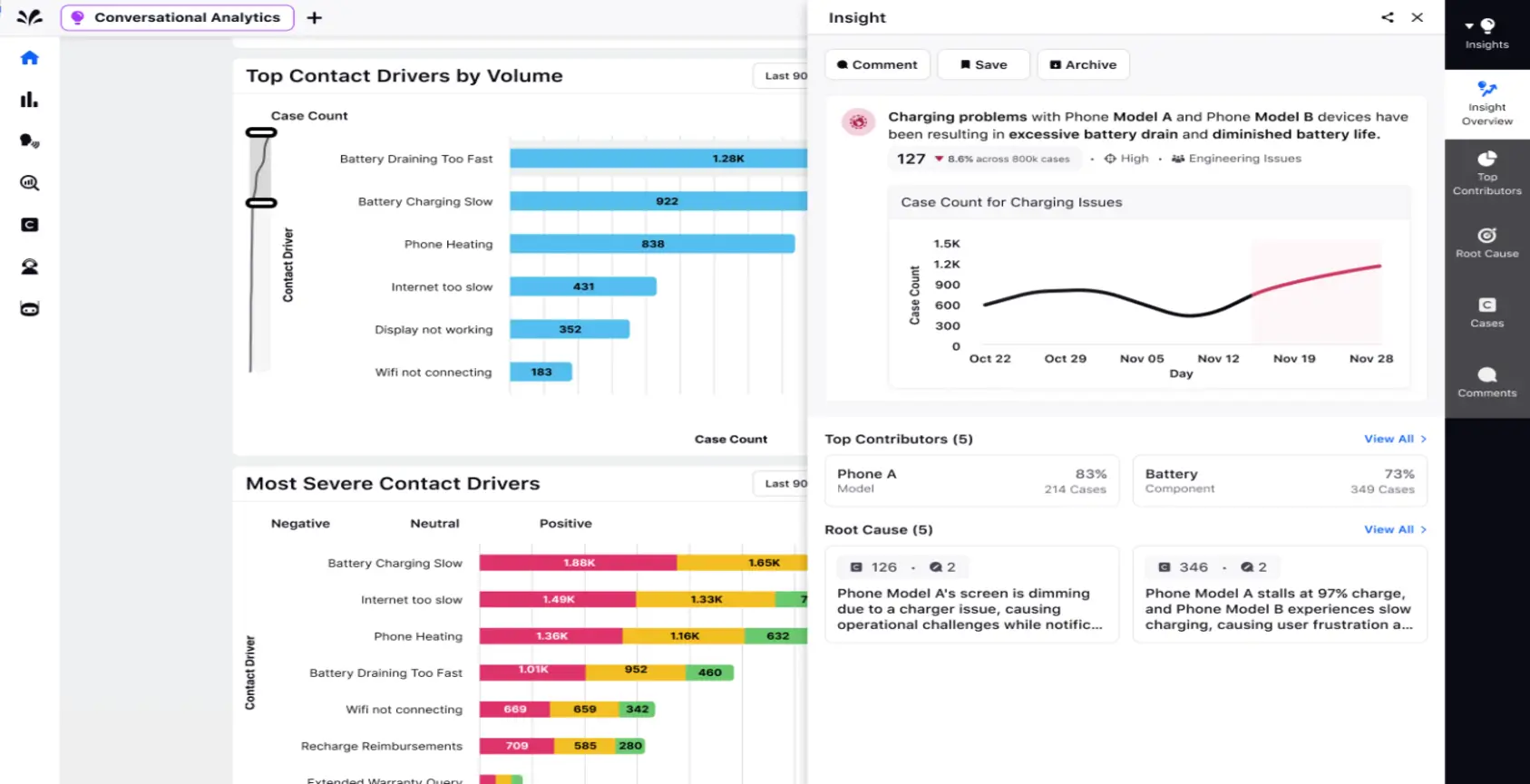
7. Just-in-time omnichannel engagement
Just-in-time omnichannel customer engagement enables your brand to connect with customers wherever they are — whether on social media, email or in-app chat — ensuring a consistent and timely experience. This holistic approach consolidates data from multiple channels into a single system, providing your team with real-time insights to engage with customers at critical moments.
🎯Pro Tip
Rather than simply reacting to issues, deliver proactive engagement based on customer behavior and context. A digital engagement platform that centralizes data from all channels can greatly enhance responsiveness, allowing you to capture real-time engagement opportunities. With insights across social, email, and chat platforms, your team can identify the key moments when customers are most active or need assistance.
For example, Sprinklr’s proactive digital engagement solution empowers teams to communicate with customers across channels seamlessly. It captures real-time data, equipping your team to meet customers wherever they are and when it matters most.
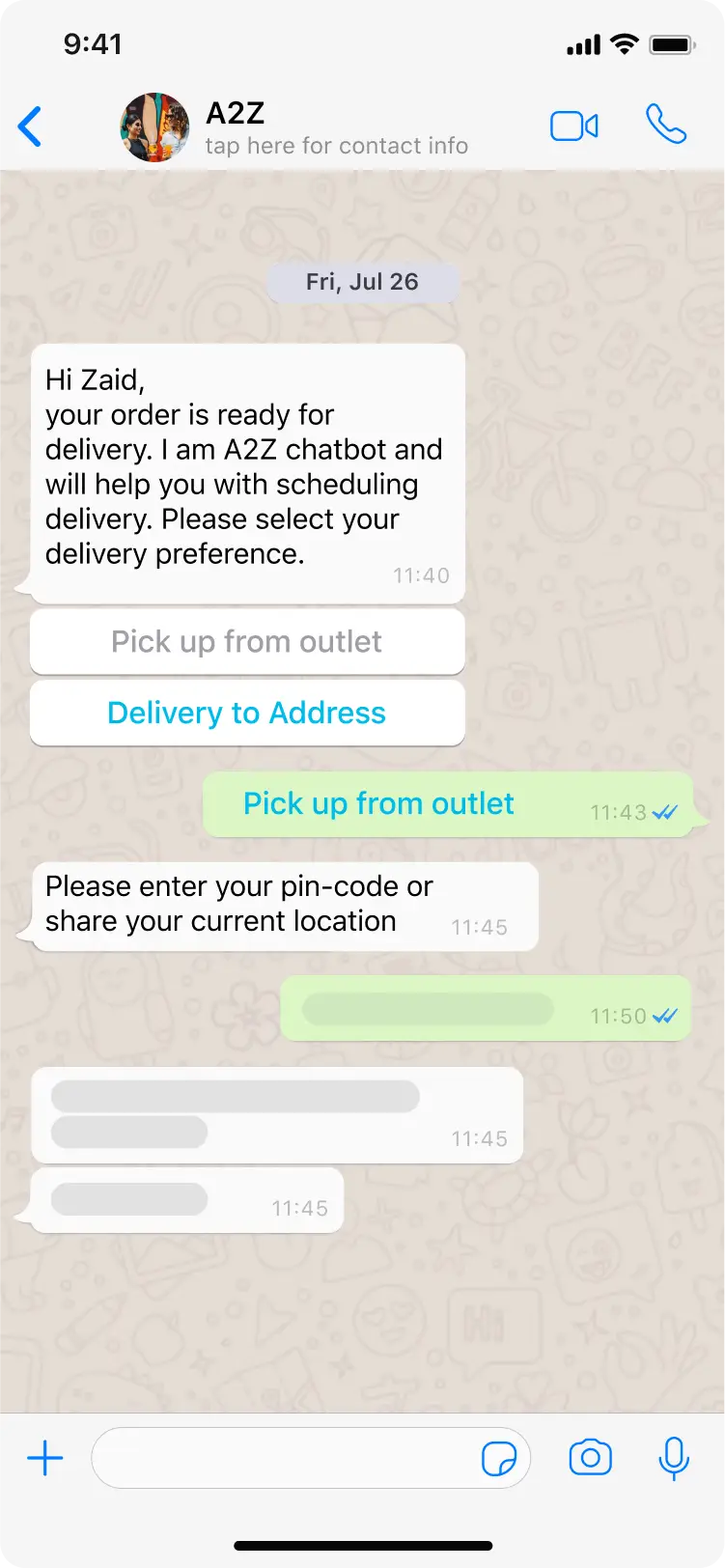
3 Ways to use analytics to improve customer engagement
Customer engagement analytics can unlock valuable insights to help brands deliver exceptional, personalized experiences. Here are three key ways companies have successfully leveraged analytics to improve customer engagement:
1. Enable effective community engagement
Costa Cruises used Sprinklr’s Unified CXM platform to empower its community managers to engage with customers seamlessly across all channels, centralizing interactions in one place. With the ability to track and measure engagement on a unified platform, Costa Cruises strengthened customer support, streamlined case management and engaged customers at scale across social media, email and in-app chat.
Comprehensive reporting capabilities provided a holistic view of customer interactions, enabling Costa Cruises to identify trends, adjust their responses and enhance the community experience.
2. Implement customer sentiment analysis
The stc group utilized AI-powered sentiment analysis to refine its customer engagement strategies, especially during high-stakes events like product launches. By monitoring real-time social media interactions, stc could track customer sentiment shifts and adapt engagement tactics accordingly.
stc’s customized sentiment analysis solution categorized social media comments and mapped them to specific products and services, even accounting for the linguistic diversity of the Arabian Gulf. This approach allowed stc to provide highly personalized interactions, which not only strengthened customer loyalty but also led to strategic improvements — such as an updated interface for stc TV — based on direct customer feedback.
Learn the full story here.
3. Leverage contextual engagement with predictive behavioral analysis
Spotify’s recommendation system exemplifies the power of contextual engagement through predictive behavioral analysis. By examining users' listening habits, playlists and even the time of day they listen, Spotify predicts and suggests songs or playlists that users are likely to enjoy. This proactive, data-driven approach ensures that users discover content suited to their preferences at just the right time, enhancing their experience on the platform and fostering long-term engagement.
As digital transformation accelerates, customer engagement has become both an opportunity and a challenge. With customers expecting seamless, relevant interactions across every touchpoint, brands can no longer afford to leave any engagement unchecked. From every click to every conversation, each interaction can potentially strengthen or weaken your customer relationship.
Tracking customer engagement at a granular level allows you to harness the full power of these moments, identifying what works and optimizing what doesn’t. However, without a unified platform to centralize data from every channel, it’s almost impossible to get the complete picture needed to drive meaningful improvements and meet your customers where they are.
This is where Sprinklr Service comes in. The solution suite empowers you to capture and analyze customer engagement across all channels, integrating insights into a single, unified view. With AI-driven conversational analytics, you can detect trends early, prioritize critical issues and engage proactively from one intuitive interface.
To learn how this works, book a demo with our experts today!
FAQ
Thank you for contacting us.
A Sprinklr representative will be in touch with you shortly.
Contact us today, and we'll create a customized proposal that addresses your unique business needs.
Request a Demo
Welcome Back,
No need to fill out any forms — you're all set.
